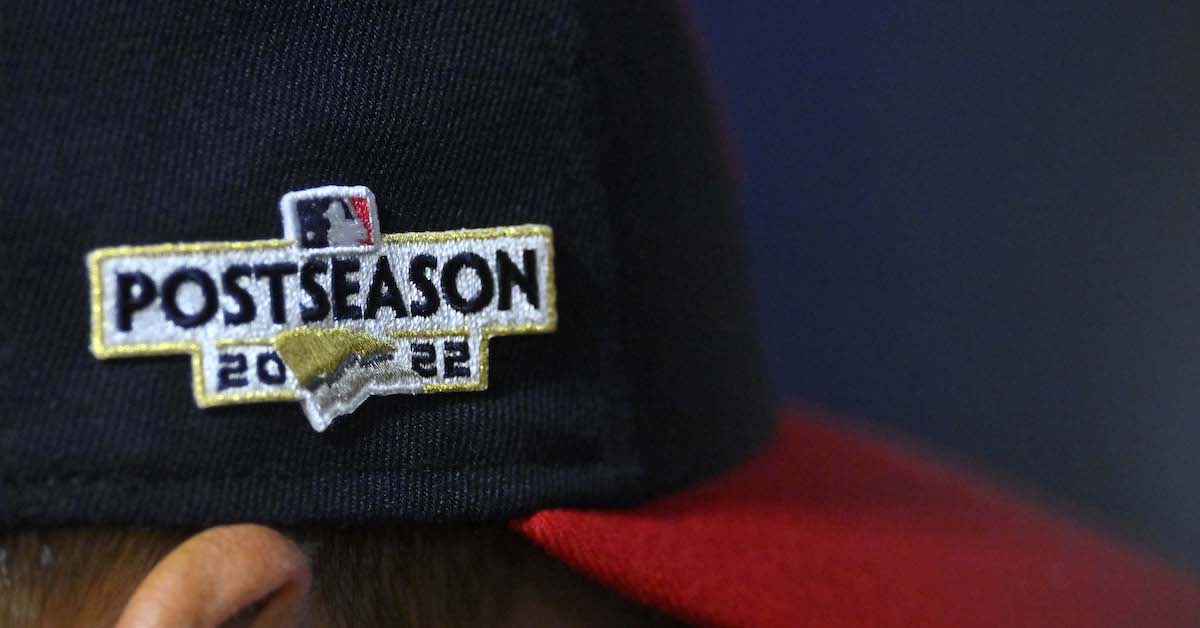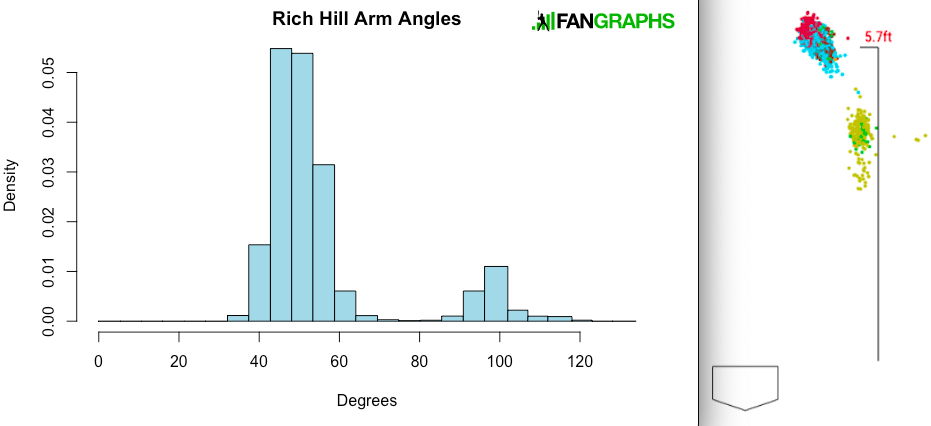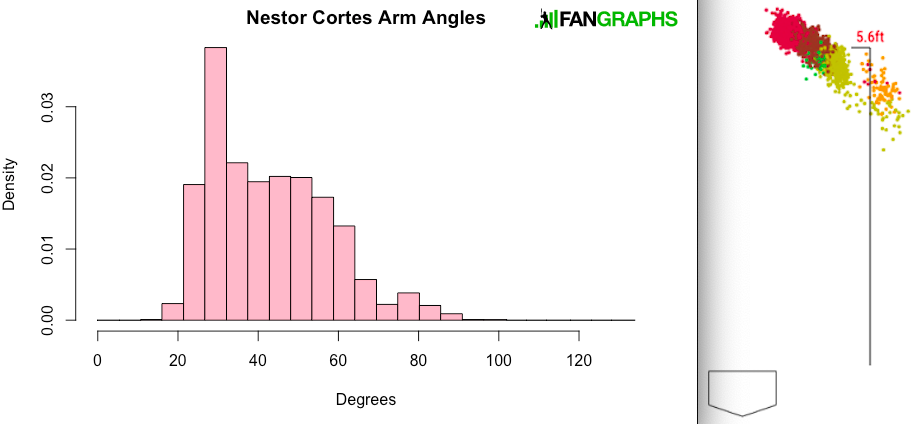FanGraphs Audio: Ryan Loutos on His Hybrid Role, Jason Martinez on His Path to Here
Episode 1012
On this edition of the pod, we talk to a player/analyst in the Cardinals system before hearing the story of how our RosterResource guru got here.
- At the top of the show, David Laurila welcomes Ryan Loutus, a 24-year-old right-hander who went undrafted out of a D-III school and now finds himself in the Cardinals’ big league camp. Loutos has impressed on the mound, but he has also been a big contributor off the field, working as an analyst for the club to develop a player-facing app and help convey data to his teammates. David asks Ryan about balancing his focus between his two responsibilities, weighing pitching science vs. pitching feel, his analysis of his own arsenal, and what he might do after his pitching days are over. [3:57]
- After that, Ben Clemens asks Jason Martinez to share his own FanGraphs Backstory. We hear about wanting to run through a wall thanks to a Bob Gibson biography, working at the YMCA, starting a band, and eventually having the idea to create RosterResource. Jason also tells us how he and RosterResource ended up here at FanGraphs, spending a long time searching for the thing he was destined to do, and seeing Ruppert Jones go deep at his first Padres game. [26:55]
To purchase a FanGraphs membership for yourself or as a gift, click here.
To donate to FanGraphs and help us keep things running, click here.
Don’t hesitate to direct pod-related correspondence to @dhhiggins on Twitter.
You can subscribe to the podcast via iTunes or other feeder things.
Audio after the jump. (Approximate 1 hour 19 minute play time.)
Podcast: Play in new window | Download
Subscribe: RSS








